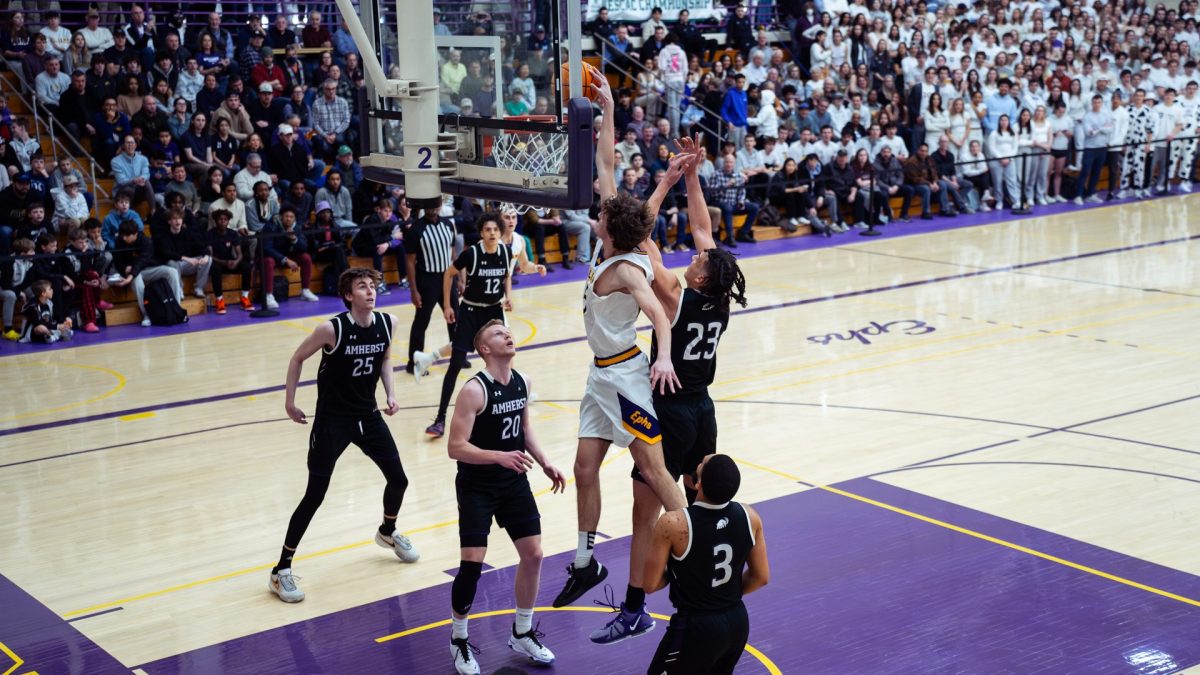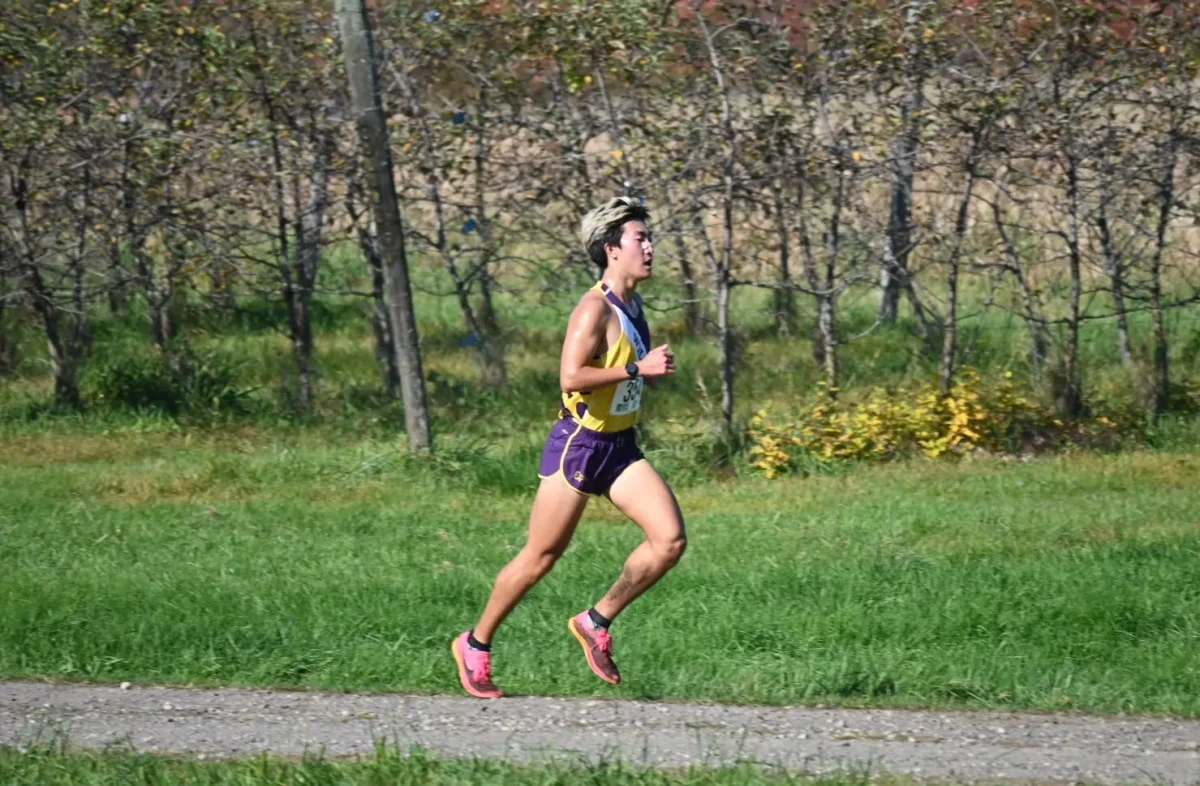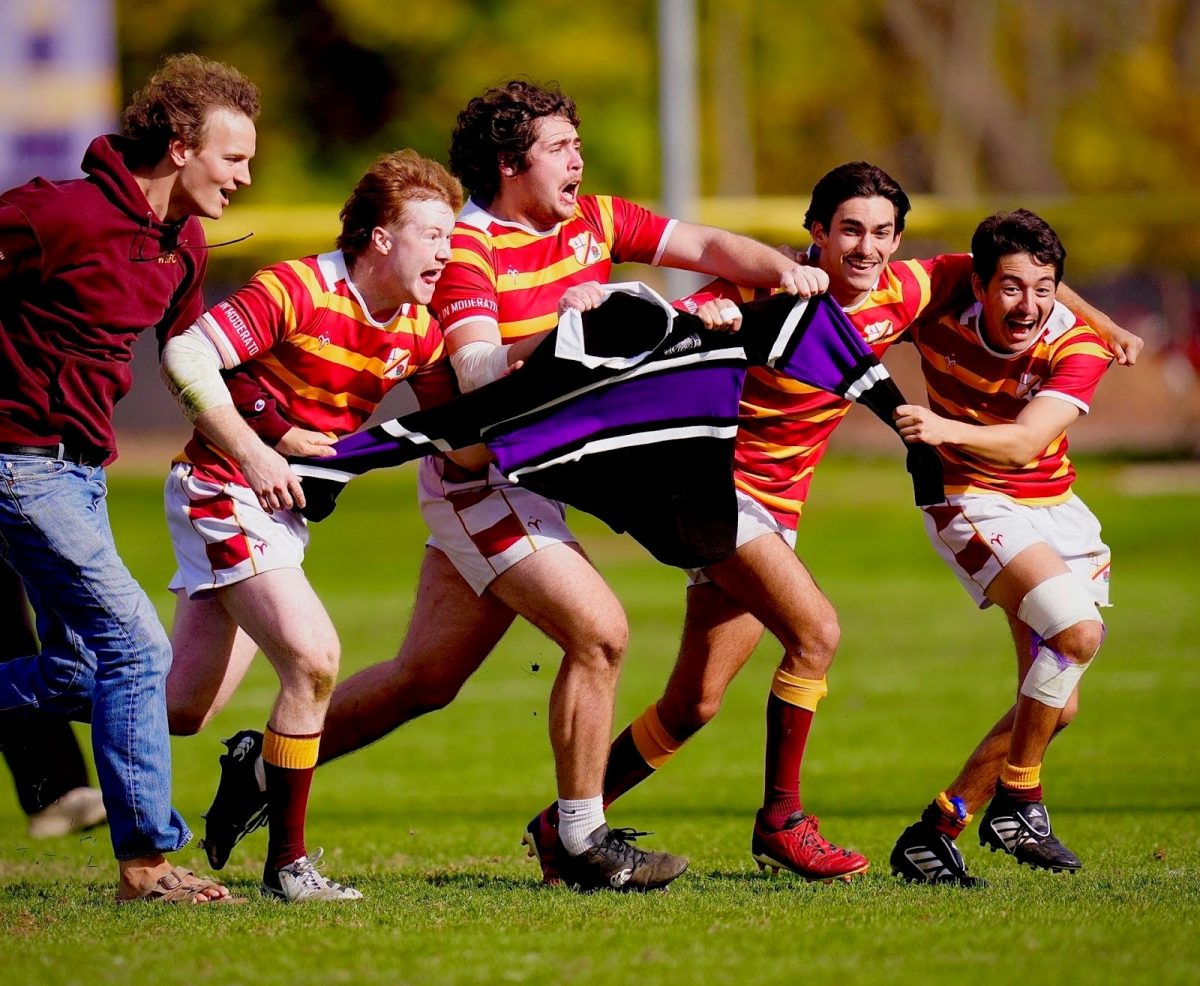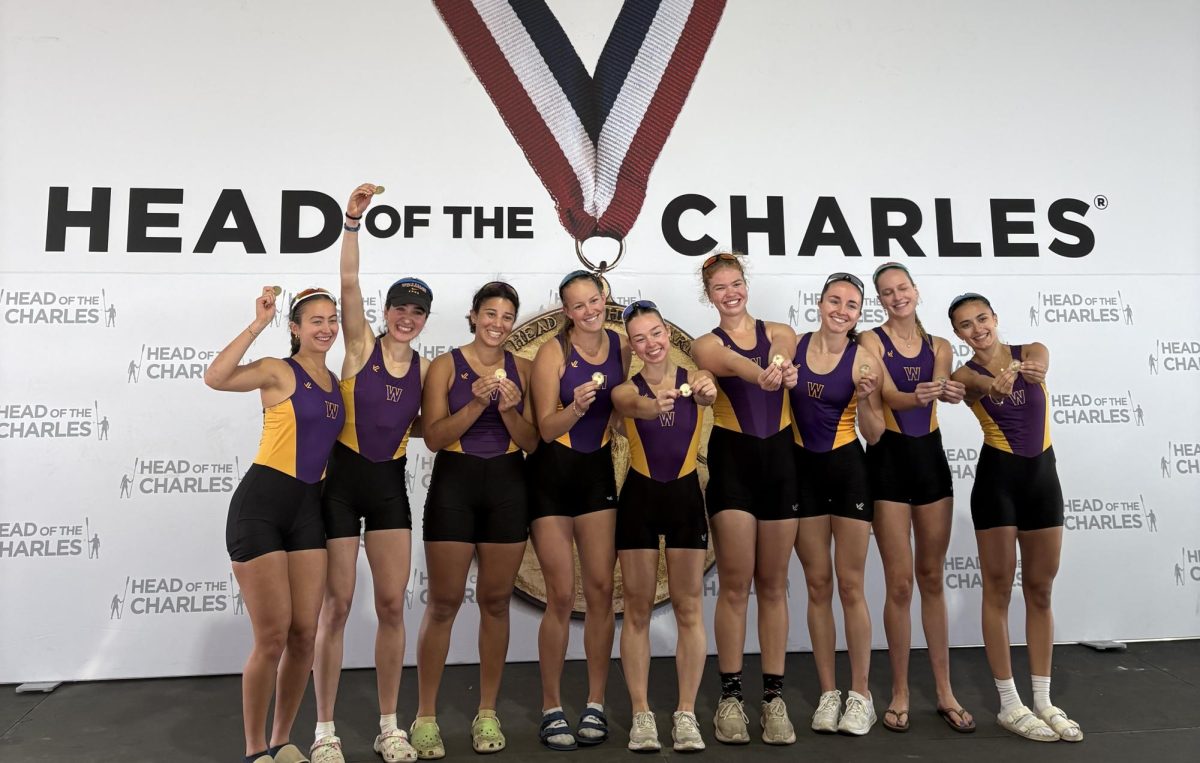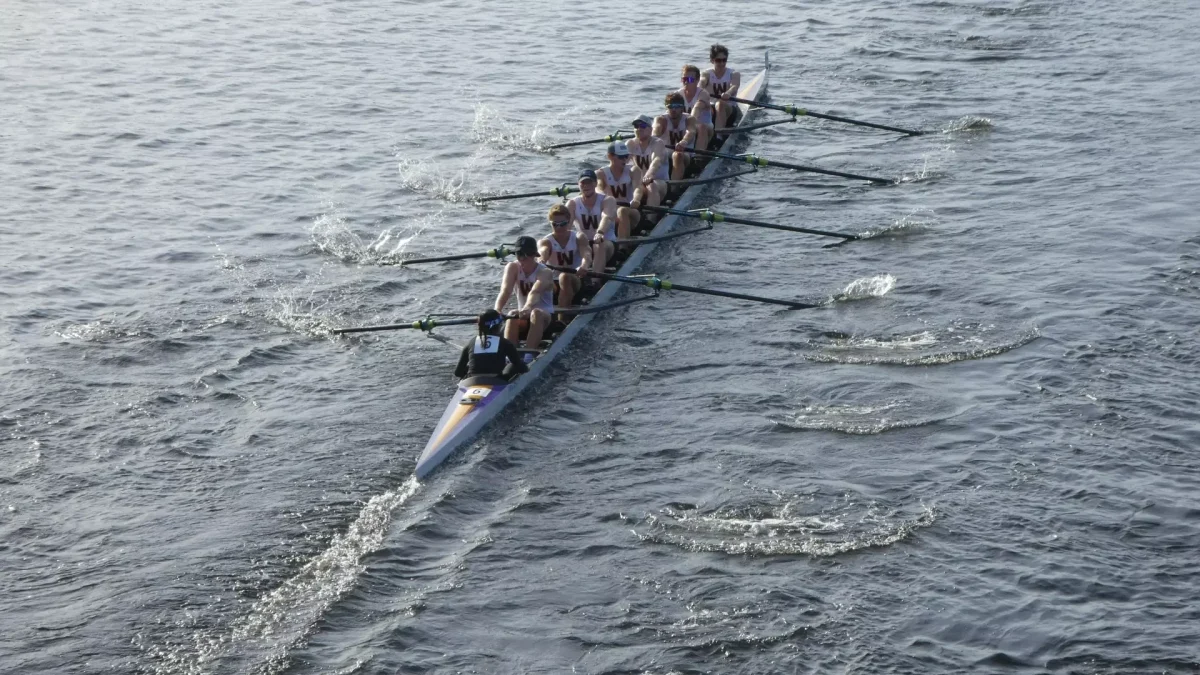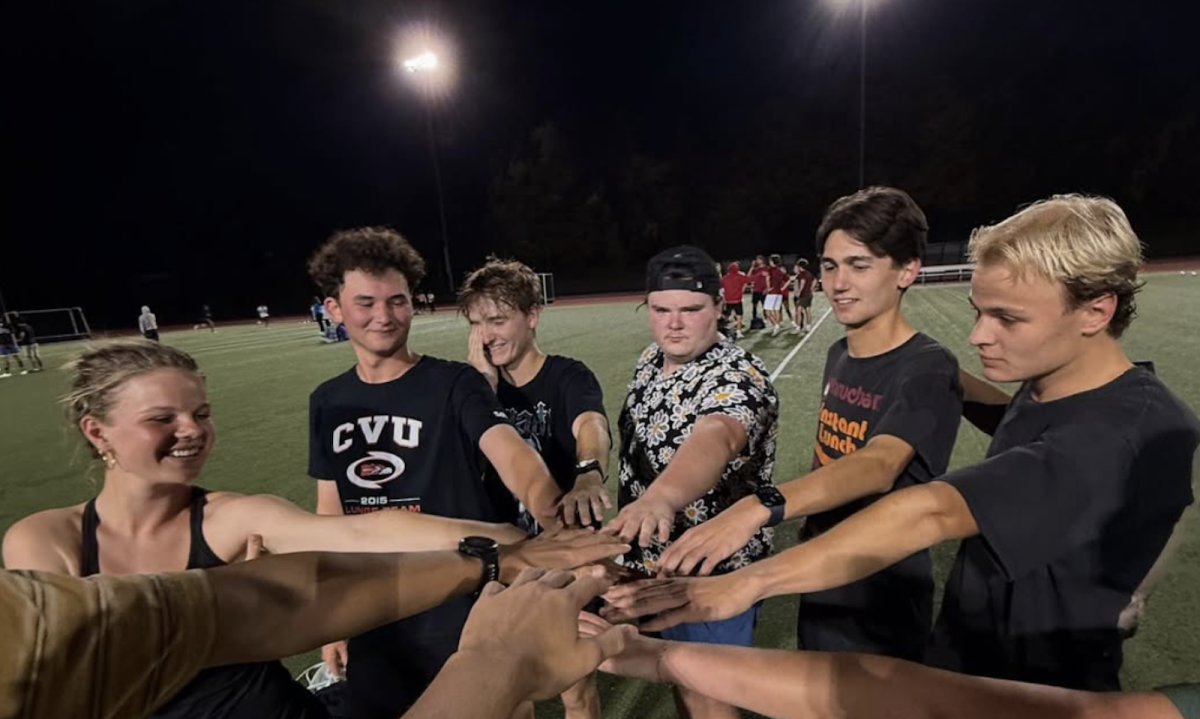Although Maya Singh ’27 is now an experienced sports photographer — touting employment by the NCAA, the New York Mets, and the College’s own Sports Information — her first foray into photography focused more on the cosmos than the court.
Inspired by her high school astrophysics teacher, Singh began to photograph the stars during her sophomore year of high school. For almost all photographers, hailing from New York is an artistic boon — but for an astrophotographer like Singh, the city’s light became the ultimate obstacle. Nevertheless, the light pollution propelled her burgeoning talents. Forced to get creative with equipment and style in New York, where Singh joked she can see about four stars, her skills flourished when she studied photography in Colorado during her junior year of high school.
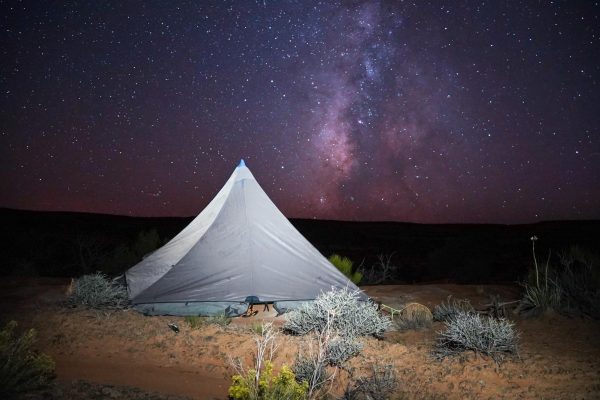
A lifelong softball player, Singh began to take photos of her high school softball and baseball games when she took a break from the sport itself. Singh credits her athletic background for developing her sports photography skills. “You’re not going to be a good sports photographer if you don’t understand the sport,” she said. “You need to know what’s happening, [and] you need to be able to anticipate what’s gonna happen before it’s gonna happen.”
“That applies for specific teams, too,” Singh continued. “You need to know what player is going to do what, and what they’re known for, and who are the people you’re gonna get big reactions out of?”
Perhaps Singh’s astrophotography roots are what imbue her sports photography with all the magic and wonder of the stars. Her photographs immortalize the vibrant buzz of a stadium crowd, the last-minute tension of a basketball game, and the unbridled joy of victory.
Singh said she achieves this quality by looking for the whole picture, not just the action on the field. “A big piece of feedback I’ve always gotten about my pictures is that I pay more attention to what’s happening around the game than a lot of people do,” she said. “A lot of people are just focused on the action shots, but for me, what makes sports magical is the entire environment.”
Singh recalled this magic at the NCAA Women’s March Madness Tournament, where she shot video for the NCAA. “What made the experience so extraordinary was all the fans and the environment in that building,” she said. “Seeing all the little kids — that’s what made it.”
This magic is everywhere — even at the College. “After the Trinity game when everyone rushed the court, [moments like that] change the environment,” Singh said. “That’s why home court advantage is a thing.”
Singh’s photographic practices reflect her attention to the inherent humanity of athletics. When shooting games at the College, Singh emphasized the importance of building trust with the players. “Yes, you’re capturing a sports game, but you’re capturing people,” she said. “Having a good relationship with the people that you’re taking photos of — when you have a camera, like, two feet [from] their face — to me is very, very important.”
Though she has a number of accomplishments under her belt, Singh said that pursuing sports photography as a student is no easy task. “Honestly, photography is very therapeutic for me,” she said. “Sometimes I do it to destress. But then sometimes, I look at my schedule, and I’m like, ‘Oh, my gosh, I have to shoot this many games, I have to do my homework.’ There’s a balance between passion and profession.”
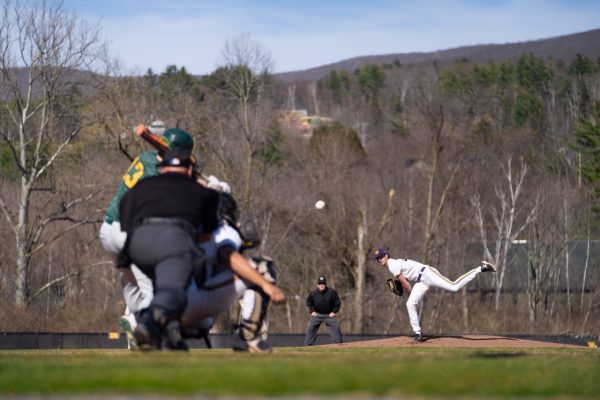
Singh said that she sometimes wonders what sports photography opportunities would be available at a larger university with more creative media resources. At the same time, however, Singh said that she is given autonomy in her work at the College she wouldn’t receive elsewhere.
“I’m very lucky that my boss trusts me, that people trust me to do these things,” she said of her Sports Information higher-up. “I’ve taught myself so many things. I’ve also messed up a lot of times, and I think this has been a great place to grow my skills.”
Although she has shot photos at every level of athletics, Singh said that the photos she takes at the College’s Div. III games are uniquely rewarding. “The photos I take here are very special because they feel like I’m representing the Williams community, and I’m a part of that community,” she said. “I want to contribute to that.”



